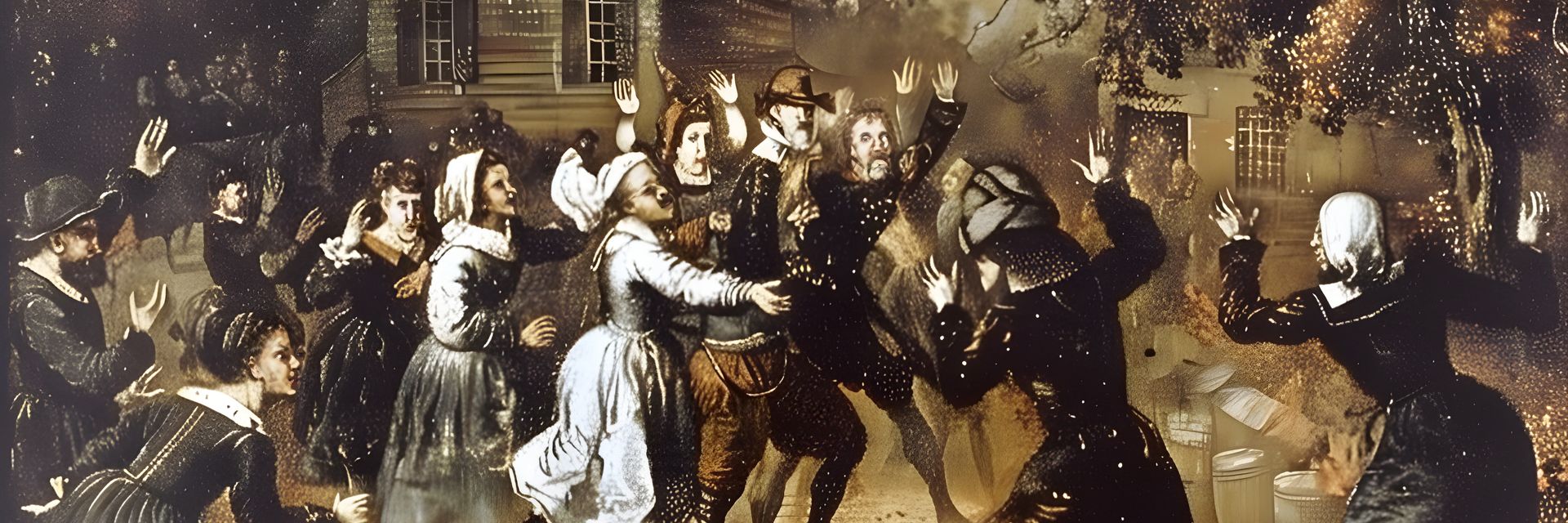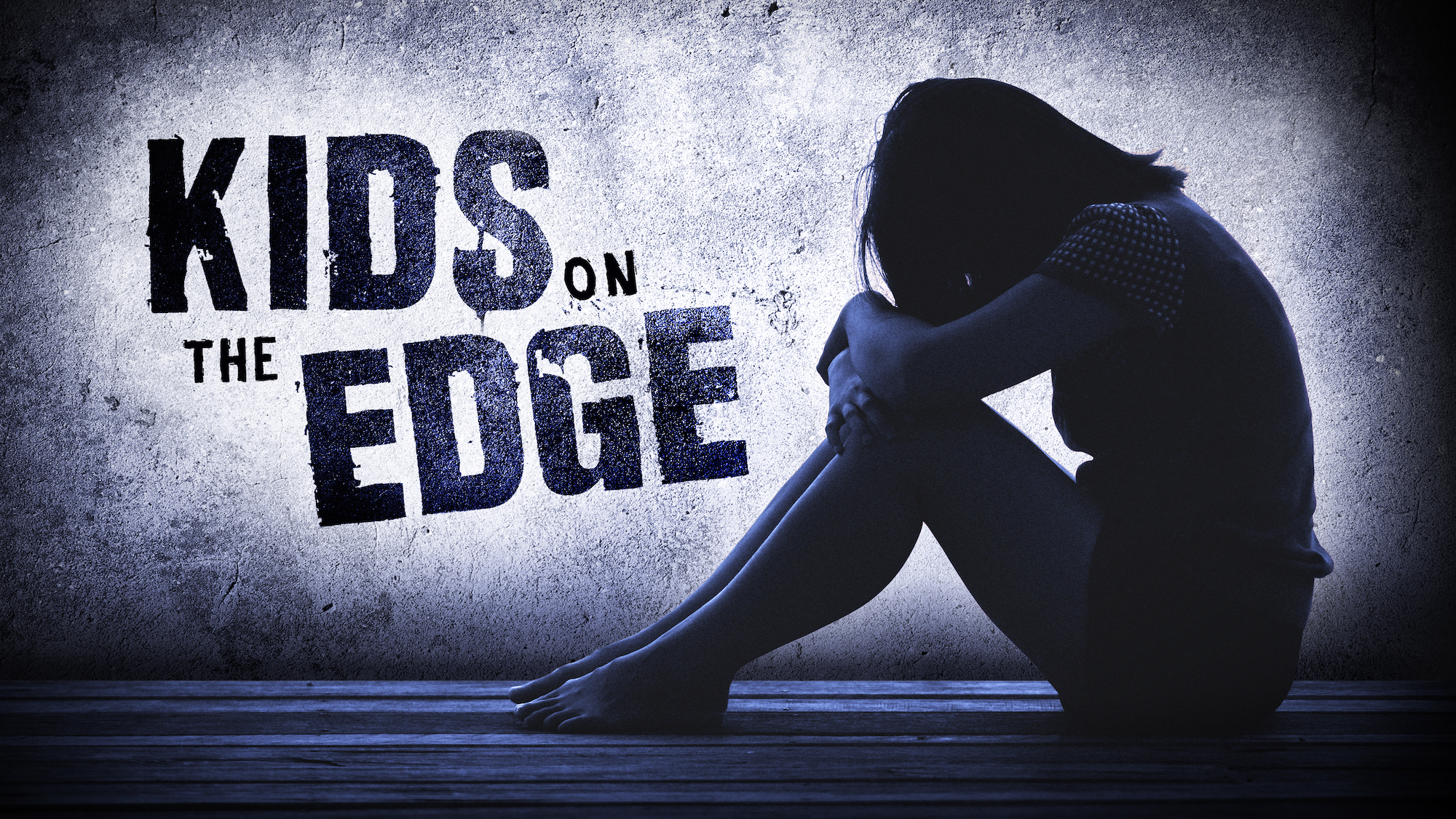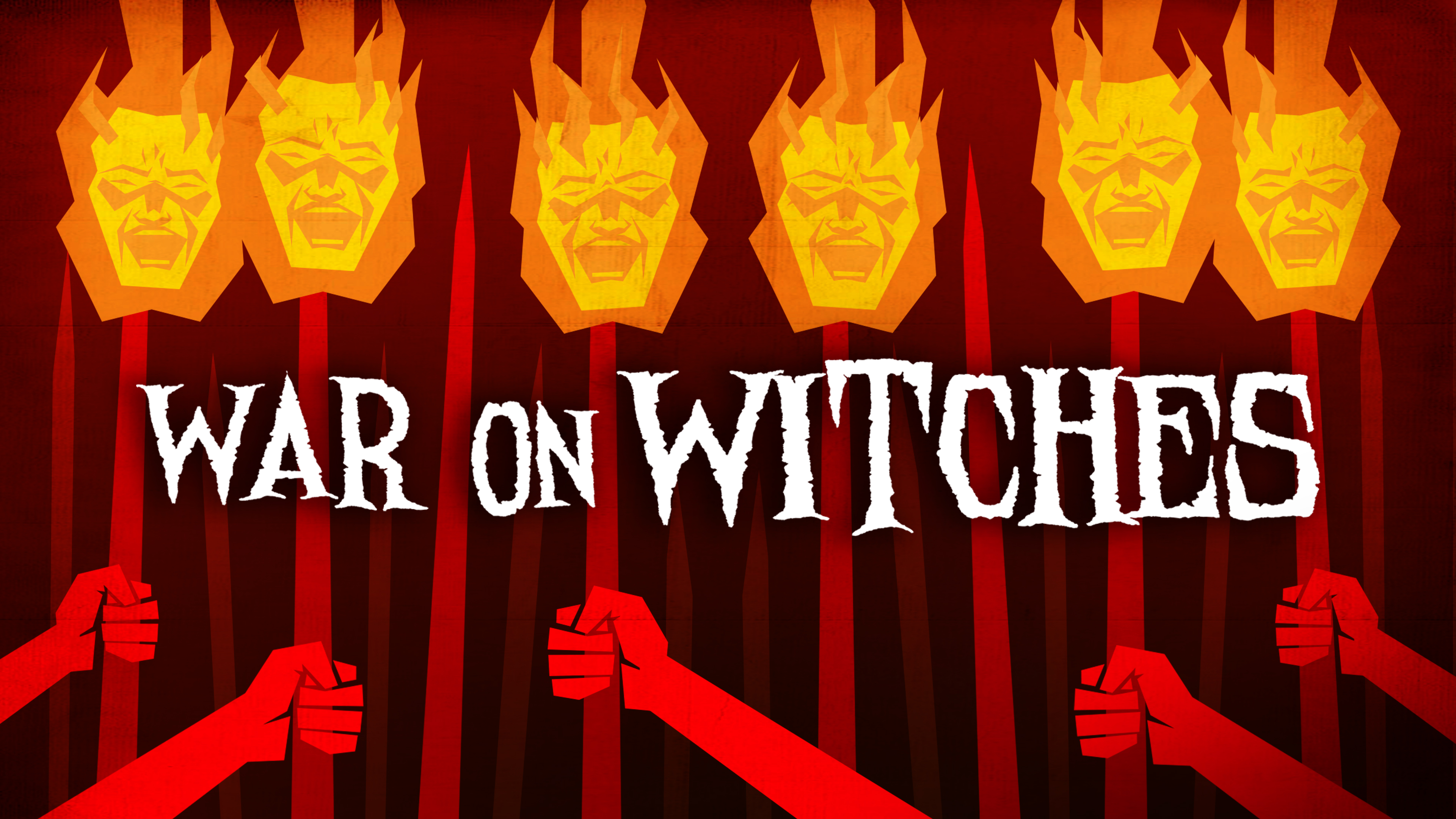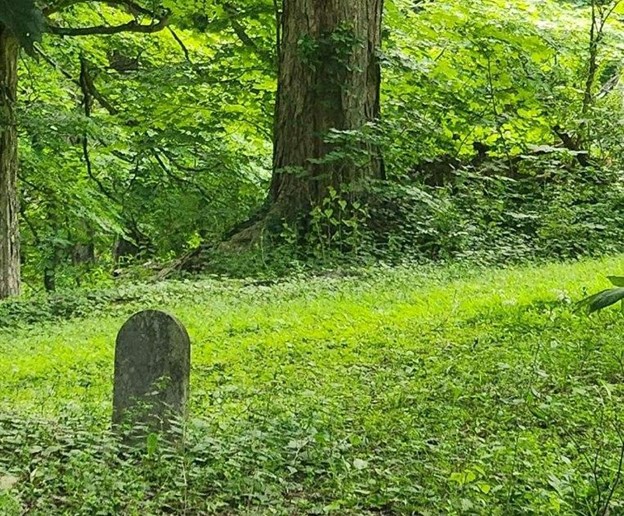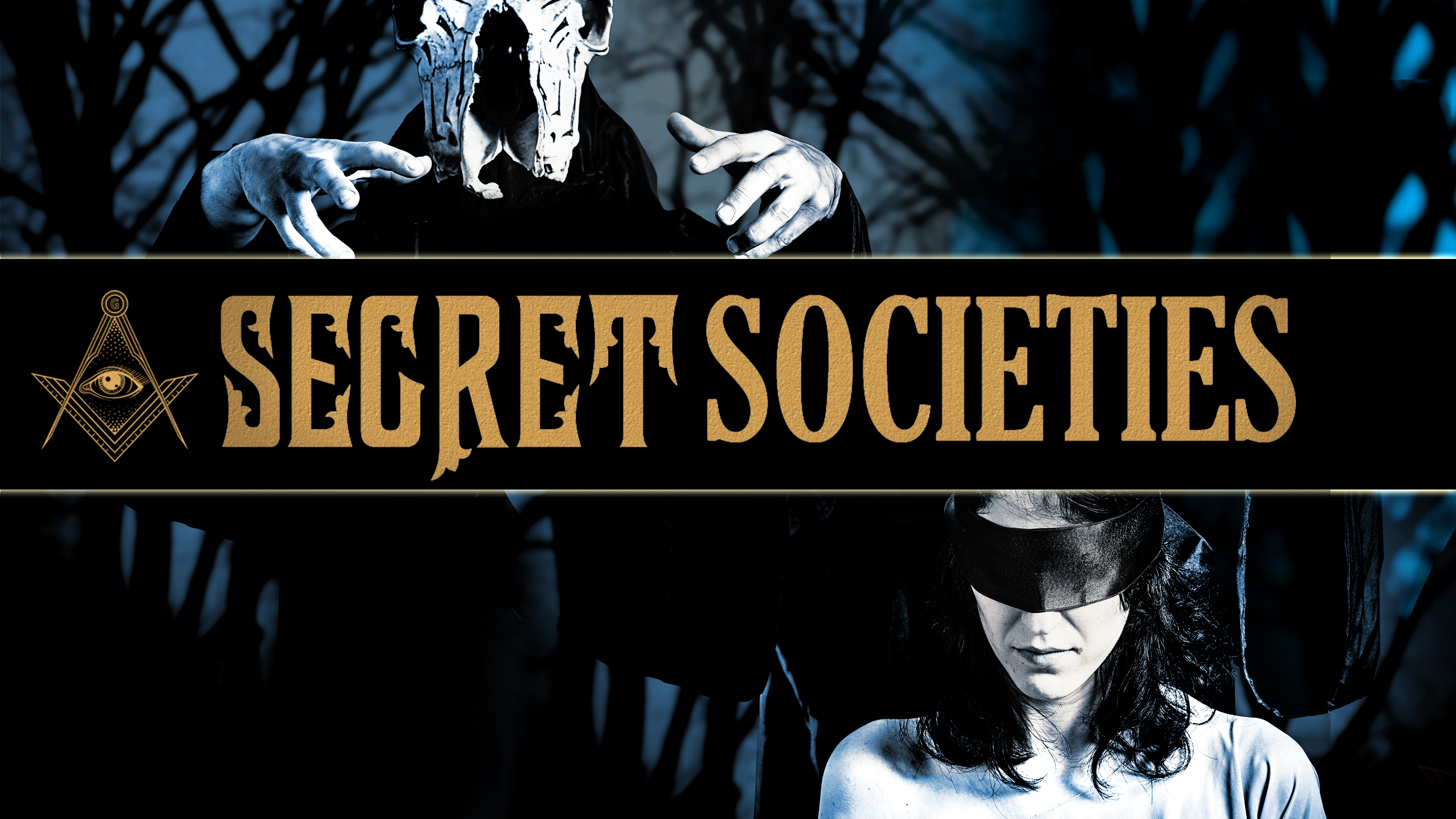From the Salem Witch Trials to fainting middle schoolers, collective anxieties can have far-reaching impacts.
◊
It was the fall of 2011 in the town of Le Roy, a peaceful hamlet in upstate New York. Le Roy Junior-Senior High School would have been abuzz with energy as students nailed down their schedules and settled into their extracurricular activities. It was a normal start to the school year for Katie Krautwurst, a cheerleader attending Le Roy – until she woke up from a nap with peculiar symptoms. Her body began twitching and spasming uncontrollably, seemingly without any cause. Despite her parents’ efforts to help their daughter, her unexplained body movements persisted. Even more bizarrely, friend and fellow cheerleader Thera Sanchez was developing a similar set of bodily tics.
Over the coming weeks, more Le Roy teen girls began experiencing the jerky twitches as well as unusual vocalizations – and the victims now spanned the school’s various cliques and social stratas.
A similar event took place over a decade later and thousands of miles away.
In September of 2022, a 12-year-old named Esmeralda exited the bathroom at her middle school in Tapachula, Mexico, and fainted. Moments later, her best friend, Diala, also collapsed. That same day, nine other girls and one boy fainted as well, with another 22 students experiencing headaches and vomiting. As Diala told Business Insider, “I didn’t expect to faint too, but then I woke up on the ground. I couldn’t breathe right, it was really fast, and my eyes were red.” Over the following months, at least six middle schools in Mexico reported instances of mass fainting. All told, 227 children were affected, the majority of them girls.
See how British children in crisis are being treated in this insightful MagellanTV series.
A Case of Mass Psychogenic Illness?
After consultation with a bevy of medical experts and toxicologists – environmental activist Erin Brockovich even sent a team to Le Roy to test the soil for contagions – experts from the DENT Neurologic Institute in Buffalo and Rochester arrived at a controversial explanation for the outbreak of tic-like behavior. This was a case of mass conversion disorder or mass psychogenic illness (more colloquially, mass hysteria or mass psychosis), “in which a person has physiological symptoms affecting the nervous system in the absence of a physical cause of illness, and which may appear in reaction to psychological distress.”
In the case of the students in Tapachula, while a number of theories were presented concerning the cause of the fainting illness, it was eventually deemed to be another instance of mass conversion disorder. There was nothing physically wrong with the students.
So, what causes a seemingly contagious affliction with no viral, biological, or other physical origins to happen in the first place?
According to Dan Taberski, a writer, producer, and creator of the podcast Hysterical, these events often occur in tight communities and in small groups. Women and girls appear to be the most frequently impacted, though Taberski notes that this may be connected more to societal perception: “Over the years, anything unknown happening to women is pushed into being hysteria.” Mass psychogenic illness is a “line of sight” condition, Taberski says, meaning another person’s symptoms have to be closely observed in order to manifest. High school cheerleaders or middle school peers may seem to be natural victim demographics, but Taberski believes that everyone is susceptible: “We’re all potential victims.” It remains a perplexing phenomenon. But one thing is certain: Instances of mass psychosis and conversion disorder have been happening for centuries.
The word hysteria comes from the Greek word hystera, which means uterus. Until the 20th century, it was commonly believed that hysteria was an ailment only experienced by women.
The Salem Witch Trials
In 1486, German Catholic clergyman Heinrich Kramer published his treatise on witchcraft, Malleus Maleficarum, usually translated as The Hammer of Witches. Though witchcraft was already forbidden by the church, and “witch trials” had occurred throughout the early modern period, Malleus Maleficarum called for harsher punishments for those accused – and it particularly emphasized that women were far more susceptible to temptations of the devil than men. Many argue that the publication of Malleus Maleficarum laid the groundwork for a resurgence of panic surrounding witchcraft in the North American colonies.
In 1692, a group of young girls in Salem Village, Massachusetts – Betty Parris, Abigail Williams, Ann Putnam Jr., and Elizabeth Hubbard – began to experience discomfiting symptoms. According to Taberski, “They exhibited signs very similar to the Le Roy students – twitches, flailing, speaking strange languages, having fits.” The girls claimed that they had become possessed by the devil at the hands of witches within their community. A special court was created to hear the cases, and Bridget Bishop was the first alleged “witch” to be convicted and hanged. Over the following months, 18 others were executed, with 150 more individuals being accused.
In the city of Strasbourg in the year 1518, hundreds of residents were suddenly taken with a maniacal urge to dance, some even dying from strokes and heart attacks as a result of the physical exertion. It’s now known as “The Dancing Plague,” a case of mass conversion disorder.
Experts consider the Salem Witch Trials to be among the most tragic cases of mass psychogenic illness recorded. What began with an outbreak of mysterious physical complaints soon morphed into something far more sinister – a type of mass panic stirred by an accumulation of broader social and cultural anxieties. It wouldn’t be the last time.
In the 16th century, Europe was gripped by mass hysteria concerning the supposed activities of “witches.” Learn about that history in this illuminating MagellanTV documentary.
The New England Vampire Panic
The figure of the vampire exists within folklore worldwide. The most widely recognized image – a glowering, gaunt creature that drains the blood of its victims – was largely popularized in Eastern Europe and carried over to the American colonies. And in late 18th and early 19th century New England, the vampire was perceived as much more than a spooky legend.
While the story remains murky, records report that in Manchester, Vermont, in 1793, Congregational Deacon Capt. Isaac Burton had the body of his wife Rachel unearthed. The reason? His second wife, Hulda, had fallen ill with the same symptoms that killed Rachel. Like Rachel, Hulda was wasting away, deathly pale, and was coughing up blood.
Burton believed that Hulda was being drained of her life force by her predecessor – that Rachel was a vampire who rose from her coffin at night to infect the living. The remedy, Burton thought, was to dig up his former wife and either turn her body over to prevent her from rising in her grave, stake her to the ground, or burn her organs and decapitate her.
Burton wasn’t alone in his superstitions.
Local wisdom advised that there were specific signs to look for when inspecting an exhumed corpse for vampirism. The body would appear unusually fresh (which often happens when a corpse is buried in the cold months); would be distended due to the decedent’s greedy blood consumption (a common sign of putrefaction); and the organs would still contain liquid blood. Sometimes there was a telltale sign of red staining around the mouth, evidence of a vampire’s blood lust. In the case of poor Rachel, records report that her organs were removed and burned.
(Credit: Matia Madrona Query)
Unfortunately, these exhumations were rarely successful. How could they have been? Now, it’s abundantly clear to historians what was really occurring in New England: Communities were being ravaged by an entity arguably more terrifying than a vampire – the deadly bacterial disease of tuberculosis, a.k.a. consumption.
Satanic Panic
Fast forward to 1976 in British Columbia, where a young woman named Michelle Smith was being treated for depression after a miscarriage. During one of her therapy sessions, Smith reportedly spoke in the voice of a five-year-old child and screamed for 25 minutes. Her psychologist, Lawrence Pazder, suggested using hypnosis to uncover what he believed to be a past trauma. After hypnotizing Smith, he concluded that she had been ritually abused by her mother and other individuals, all members of a Satanic cult.
Together, Smith and Pazder wrote Michelle Remembers, an account of both Smith’s hypnosis and the abuse she experienced as a child. The book became a bestseller, and the horrific details of Michelle’s alleged torment would leave an indelible impact on American culture.
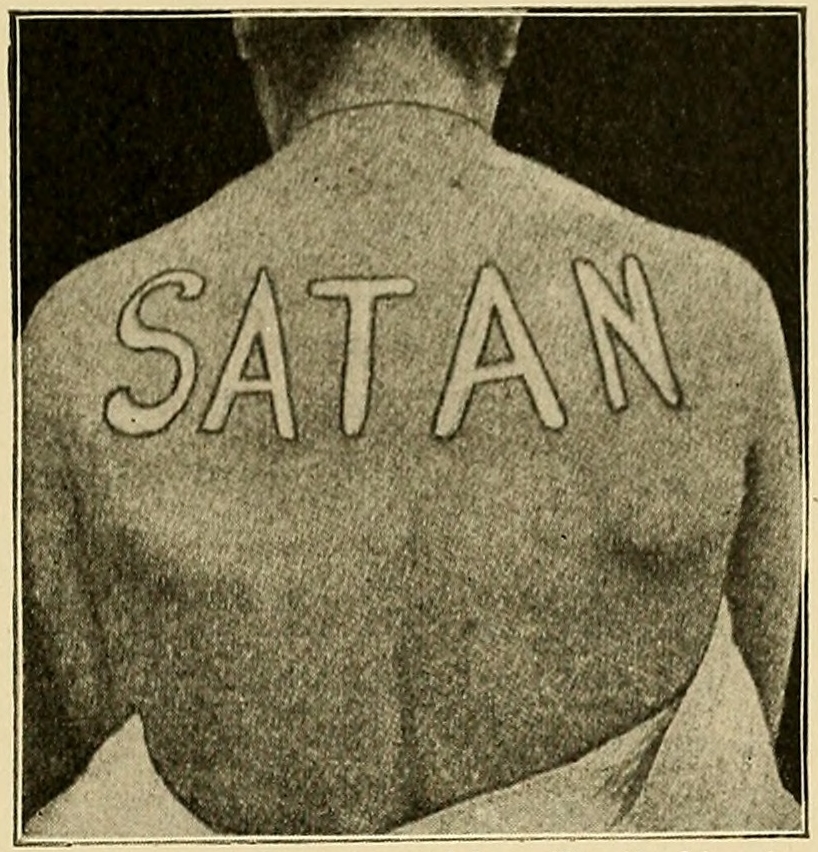 (Credit: Alfred Loomis & William Thompson, via Wikimedia Commons)
(Credit: Alfred Loomis & William Thompson, via Wikimedia Commons)
The publication of Michelle Remembers also roughly coincided with what’s been generally termed “stranger danger,” a pervasive fear of randomized child abductions that spread throughout the American 1980s. The Tylenol Murders, a series of deaths that occurred after a still-unidentified culprit tampered with Tylenol capsules and filled them with cyanide, also fed into anxieties. This, in turn, helped spawn urban myths about contaminated Halloween candy for decades.
Search for clues to history's most famous secret societies and conspiracy theories in this riveting MagellanTV series.
As Michelle Remembers grew in popularity, Smith and Pazder made the talk show rounds, and, fanned by the media, the fears of satanic practices and ritualized abuse caught fire. Numerous accusations were made against teachers and caregivers at daycare centers and preschools in the United States, as well as in Canada, Europe, Brazil, and New Zealand.
Teachers at the McMartin Preschool in Manhattan Beach, California, were among the first to be accused. The storm of accusations began when one parent, Judy Johnson, claimed that her child had shared shocking details of abuse at the hands of the teachers. After hearing of the accusations, more parents spoke to their children and stepped forward to substantiate the claims.
All told, seven teachers were accused of kidnapping the children, taking them on a plane to a second location, and subjecting them to cult-like rituals, forced group sex, and animal abuse. The teachers were arrested and charged for the crimes, but charges were shortly dropped against all but two of them, Peggy McMartin Buckey and her son Ray Buckey. Eventually, after two trials, the second of which resulted in a hung jury, both cases were dismissed.
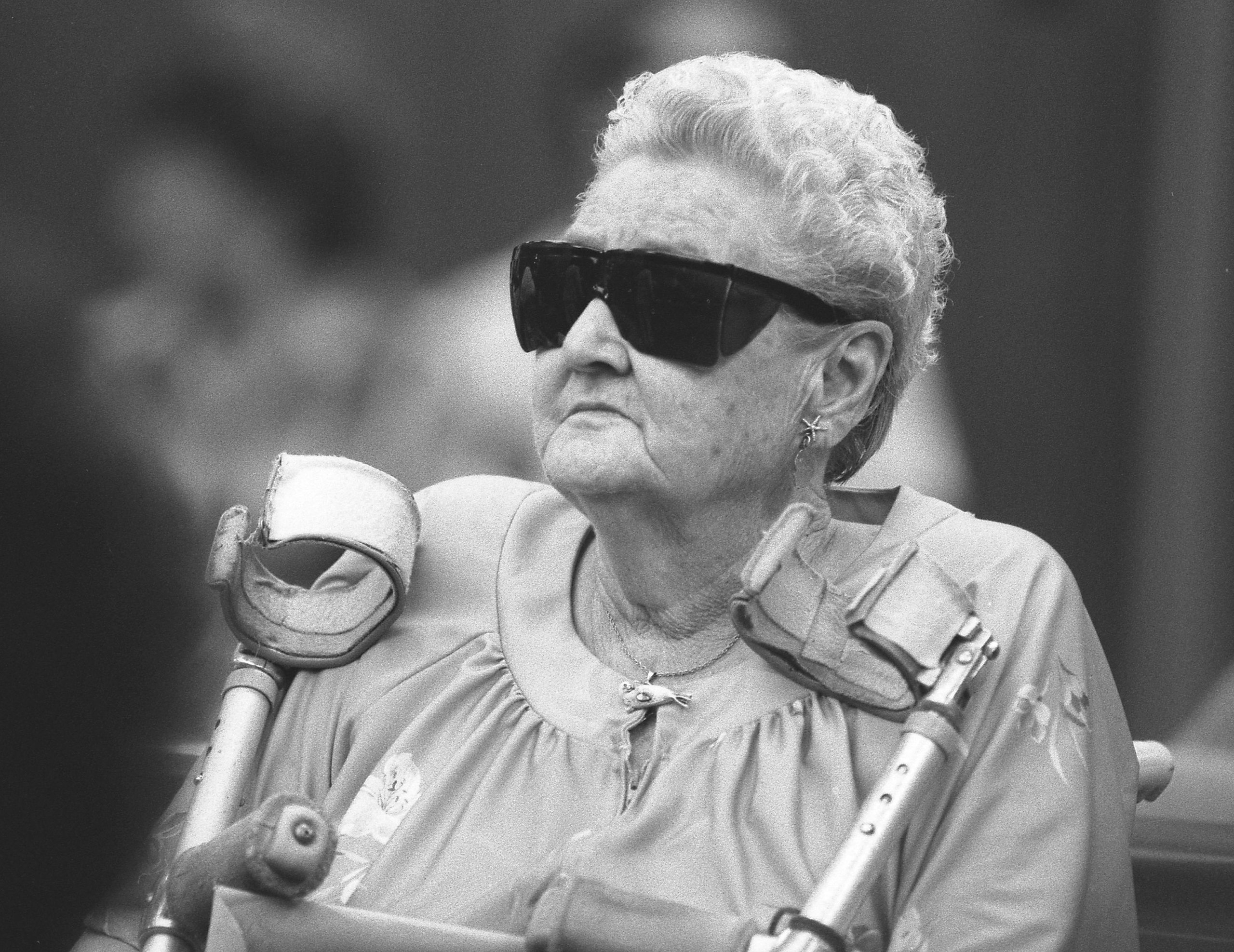 Virginia McMartin, founder of McMartin Preschool, at a preliminary hearing (Credit: Mel Melcon, Los Angeles Times, via Wikimedia Commons)
Virginia McMartin, founder of McMartin Preschool, at a preliminary hearing (Credit: Mel Melcon, Los Angeles Times, via Wikimedia Commons)
False accusations like those launched against the McMartin Preschool teachers were later traced back to coercive interviewing techniques and the susceptibility of children to suggestion. In partnership with psychologist Gail Goodman, the National Center on Child Abuse and Neglect conducted a study that determined, among the some 12,000 accusations of ritual abuse, there was no evidence to support “a well-organized intergenerational satanic cult, who sexually molested and tortured children.” There was, however, “convincing evidence of lone perpetrators or couples who say they are involved with Satan or use the claim to intimidate victims.”
While Satanic Panic eventually fizzled out, irrevocable damage was done. In the aftermath, it came out that Judy Johnson had paranoid schizophrenia, and Michelle Remembers – along with the practice of recovered memory therapy – were discredited.
Fittingly, in 1997, Peggy, Ray, and Peggy Ann Buckey, along with other individuals who had been falsely accused, attended a “Day of Contrition” conference in (where else?) Salem, Massachusetts – an opportunity to heal from the traumatic experience.
For Every Fear a Folk Devil
For outsiders, or through hindsight, it’s easy to point at a psychological root of a physical problem – or to challenge a powerfully felt conviction. Many of the teens from Le Roy likely still believe that their illness had an environmental, bacterial, or viral origin. In fact, a number of the victims did begin to feel better after taking antibiotics. The improvements in their symptoms, however, also occurred as media attention died down, an indication that coverage of the events may have been worsening the students’ condition.
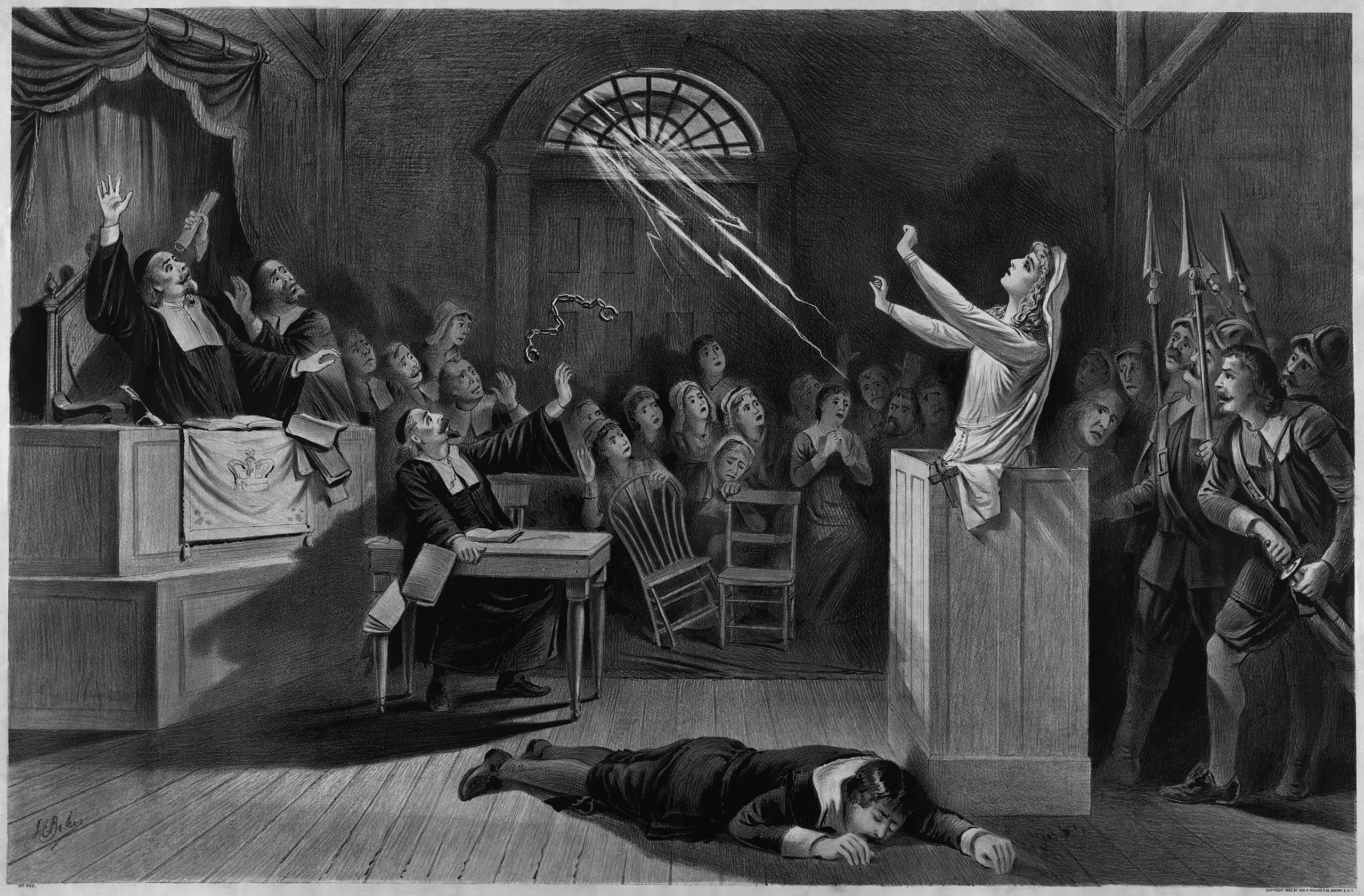 Fantastical scene from the Salem Witch Trials (Credit: Joseph E., via Library of Congress and Wikimedia Commons)
Fantastical scene from the Salem Witch Trials (Credit: Joseph E., via Library of Congress and Wikimedia Commons)
Mass conversion disorder and moral panic are sometimes born from a kernel of truth – the first sufferer may have legitimate symptoms. For example, in the Le Roy case, one student at the school did have previously diagnosed Tourette’s; while not proven, there’s a possibility the first victim may have been influenced by her involuntary tics. And in some isolated cases, symptoms may stem from the terrible reality of child sexual abuse. As a result, panic that is entirely out of sync with reality can, nevertheless, feel justified.
In his 1972 book Folk Devils and Moral Panics, theorist Stanley Cohen coined the titular term to describe the creation of a demonic scapegoat – whether literal or figurative – to better explain the inexplicable. A devil often strategically fortified by the media to incite panic and division.
Today’s Q-Anon conspiracists – those who believe that politicians, actors, and other prominent figures are involved in a vast network of ritualized child sexual abuse, which includes the drinking of children’s blood for its supposed restorative properties – might not recognize any historical parallels. Regardless, the aphorism rings true: While history doesn’t exactly repeat itself, “it often rhymes.”
Ω
Matia Madrona Query is a freelance writer and the editor of BookLife, the indie author wing of Publishers Weekly. She lives in New York’s Hudson Valley.
Title Image source: Adobe Stock
